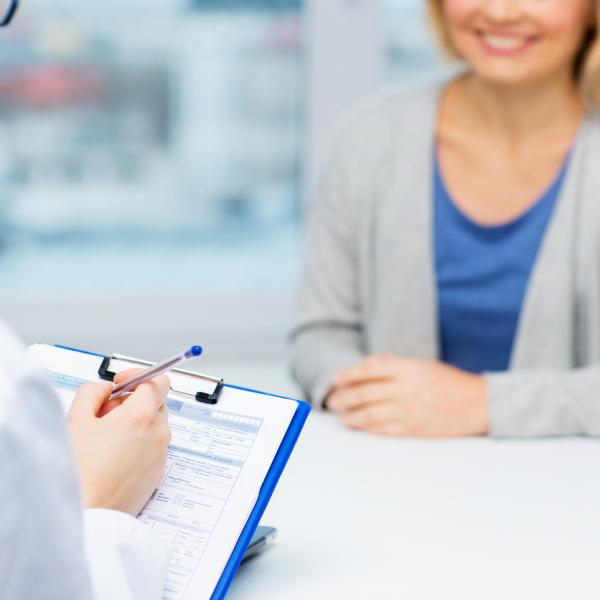After treatment for CLL

What follow-up do I need?
Once treatment is over and you are in remission, you will still need regular check-ups. This is called follow-up. Your doctor will examine you and do blood tests. Other tests such as bone marrow tests and cytogenetic tests can be arranged if needed.
Tell your doctor if there are any changes in your body or any new symptoms. You will probably have more bone marrow tests to make sure you are still in remission.

It’s important to go to your follow-up appointments, even if you feel well and have no symptoms. The tests you will have can spot any changes in your condition before symptoms develop.
Sometimes you may need to go to hospital if you get an infection, as your immune system takes time to recover.
If you are between check-ups and have a symptom or problem that is worrying you, call your specialist nurse for advice or to arrange an earlier outpatient appointment, if necessary.
If you become suddenly unwell and can’t contact your specialist nurse or hospital team, go to your GP or the emergency department at the hospital.
What if the CLL comes back?
If the leukaemia cells come back after being treated it’s called a relapse. A relapse can happen during or soon after treatment, or months or years later. CLL can still be treated after a relapse to try to put it back into remission.
Feelings after treatment
It can take some time to come to terms with a cancer diagnosis, even after your treatment has ended. Read about feelings after treatment and where to get support.
Living with leukaemia
Although many people with chronic leukaemia can live a normal life, for others, living with leukaemia and its symptoms can be challenging. We have some tips to help you to avoid unnecessary complications and stay as well as possible.
For more information
Phone
1800 200 700

